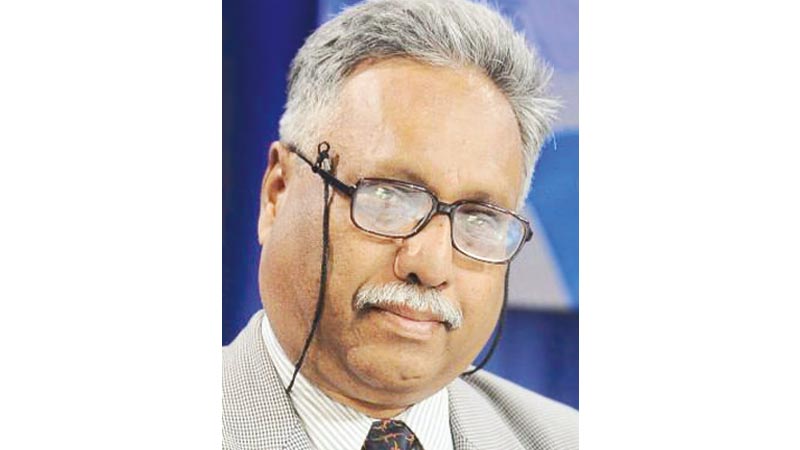Most plans are not implemented

Professor Ainun Nishat, water resource and climate change specialist shared his expert opinions about the monsoon waterlogging in the capital. He spoke to this correspondent on Friday and recommended the ways out. He elaborately discussed the present problems and made specific suggestions to find immediate solutions.
Dr Nishat said that the city still depends on age-old technology of sluice gates to solve the waterlogging problems in the city. He said, “The sluicegates were designed in the 1960s which many of our experts claim that the sluice gates are ‘proven technology’. If such proven technologies really work then why should we experience rain-induced inundation in the city.”
Referring to the political decisions, he said that some experts have been recommending use of the sluice gates to political leaders who endorse the ideas often without considering its practicality. Dr Nishat said that the sluice gates are no longer effective today as it often fails to remove much larger volume of rainwater from inside the city. He cited examples of about 80 percent of the country’s sluice gates which are not functioning.
He observed saying, “Why use a technology which literally has no practical benefit.” Dr Nishat highly recommended using large regulator structures which can immediately solve the waterlogging crisis. “The regulators are more appropriate technology which can, as its name suggests, control and be managed to flush out the blocked rainwater. Such technology is used elsewhere also to regulate blocked water.”
He also strongly recommended excavating canals and creating water reservoirs around the city to free the city of clogged rainwater. “If you go back a little in history of Dhaka city you would notice that Dhaka had many prominent water bodies (jheel) like Motijheel, Hatirjheel, Dolaikhal which largely acted as channels to pass out the clogged rainwater inside the city to the surrounding rivers,” Dr Nishat pointed out.
He said that over the years in the process of rapid urbanization the city has lost all these important canals which were once lifeline of the city. He also mentioned subsequent loss of the ‘water reservoirs’ surrounding the city. “These reservoirs or low lying water bodies used to hold large volumes of rainwater. Over time, we have also lost such waterbodies like Rampura and Ashulia. The waterbodies are gradually disappearing due to rapid unplanned landfills.”
Dr Nishat also suggested pumping out rainwater when the city is clogged with torrential rains. He cited examples of already positioned water pumps installed at Rampura, Shimrail, AminBazar. “We need more such powerful pumps to rescue the city from inundation,” he said. Dr Nishat said, “We have to decide whether we want to keep rainwater inside the city or shed it outside. We have to be able to properly manage the regulators and the pumps simultaneously so that an effective coordinated effort can be visibly seen.”
About the Wasa underground drainage pipelines, Dr Nishat said that it needs more improvements, not only in the western end but also in the eastern end. He said that the primary solution for addressing waterlogging and managing inundation in the capital has lies with structural interventions, such as embankments, flood walls, pumping stations, box culverts, and regulators.



